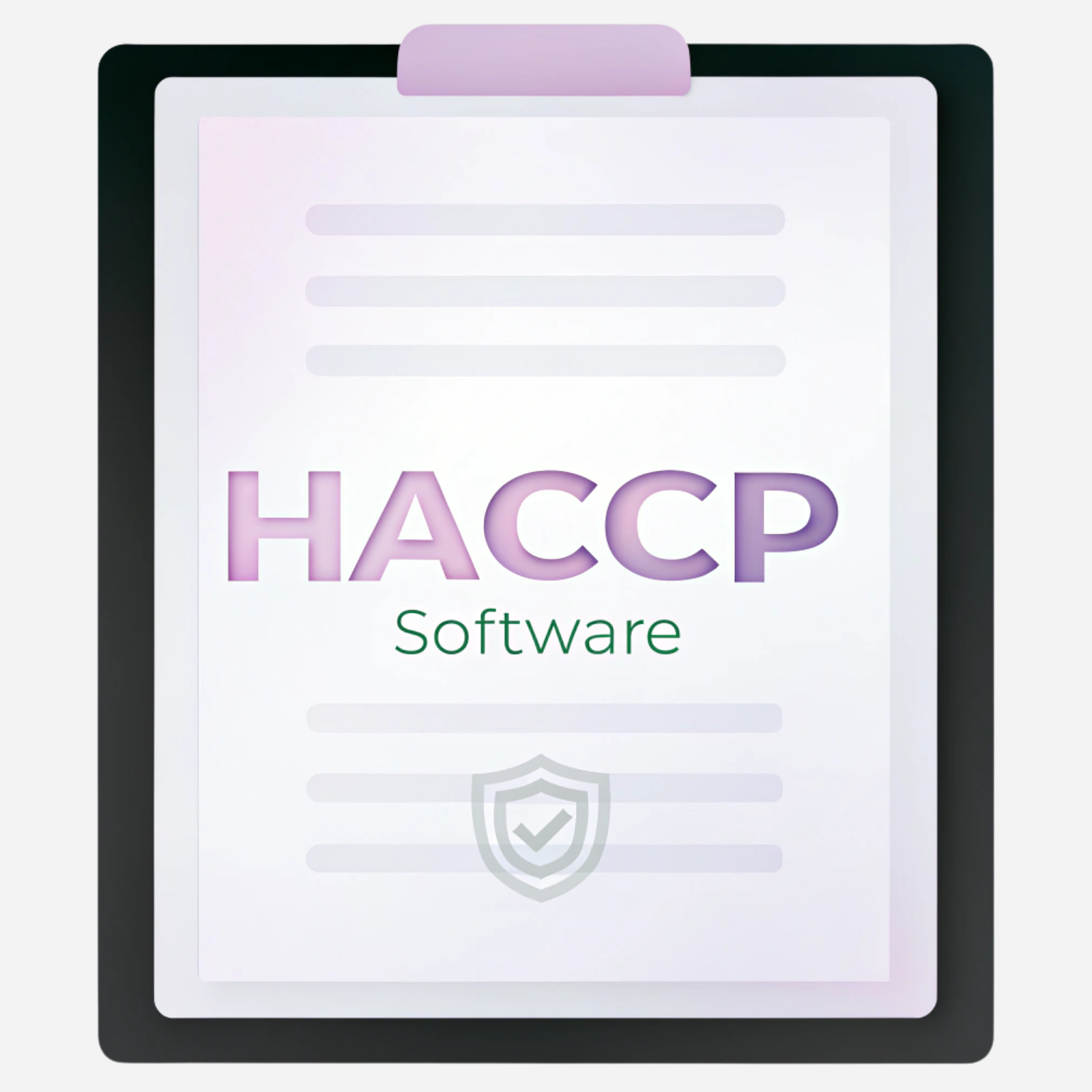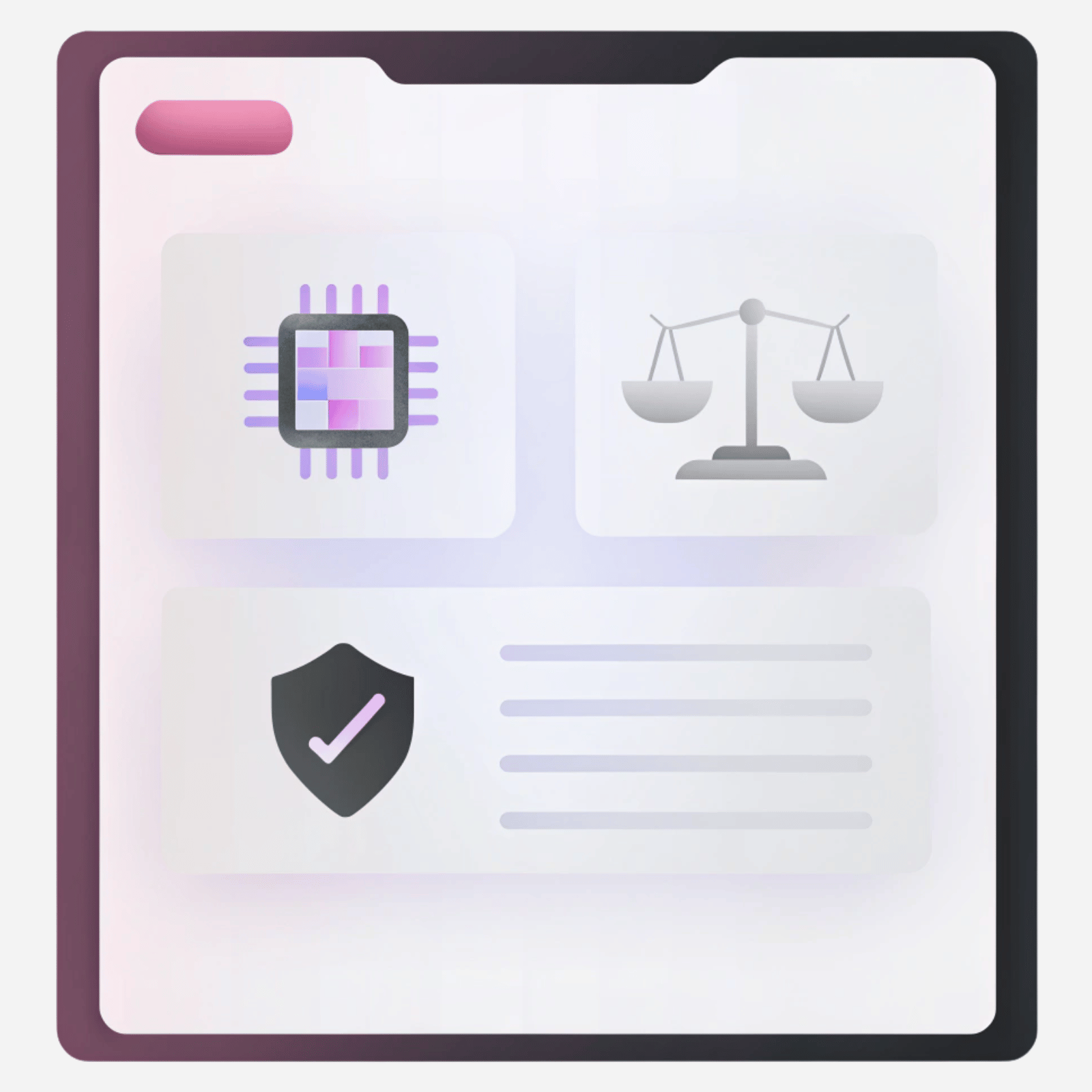
Intro
In 2026, organizations are navigating an increasingly complex regulatory environment, with an average of 234 regulatory events occurring daily across 190 countries. Over the past year, 62% of regulatory affairs professionals have reported an increase in the number of regulations and requirements they must comply with. However, only 53% have seen an expansion of internal and external resources to help navigate this increasingly complex regulatory landscape. This surge in regulations has made compliance gap analysis more challenging than ever.
Traditional manual compliance methods are becoming complicated to keep pace with the rapid introduction of new laws and standards. Notably, 60% of Governance, Risk, and Compliance (GRC) users still manage compliance manually using spreadsheets, which can be inefficient and error-prone. This complexity is further compounded by the fact that non-compliance can lead to severe consequences, including financial penalties, legal actions, and reputational damage.
To address these challenges, many organizations are turning to AI to enhance their regulatory compliance gap analysis processes. AI-powered compliance tools have seen a 35% growth, reflecting their potential to improve monitoring and adherence to evolving regulations. While 78% of professionals believe AI is a force for good in their profession, this sentiment is even stronger among risk, fraud, and compliance professionals, with 89% endorsing AI's positive impact.
By automating the monitoring and analysis of regulatory updates, AI enables businesses to identify and address compliance gaps more effectively, ensuring they remain aligned with dynamic legal and industry standards.
In this article, we will explore how AI is boosting compliance gap analysis, discuss its benefits, and provide insights into implementing AI-driven solutions to navigate the complex regulatory landscape successfully.
What is Gap Analysis in Compliance?
First, let's figure out what gap analysis in compliance is.
A compliance gap analysis is a systematic process that companies use to assess their current operations against specific regulatory requirements, industry standards, or internal policies. The primary goal is to identify "gaps" - points that are missing or incorrect comparing to the latest standards, laws or any regulatory acts. This proactive approach helps organizations mitigate risks, avoid potential legal penalties, and maintain a robust compliance posture.
Key Components of a Compliance Gap Analysis:
- Assessment of Current Practices: Review the latest existing policies, laws, procedures, and controls related to the needed area of compliance.
- Identification of Applicable Standards: Determine the specific regulations, laws, or industry standards that apply to the organization.
- Comparison and Gap Identification: Analyze discrepancies between current practices (internal documentation) and required standards to pinpoint areas of non-compliance.
- Action Plan Development: Formulate a remediation plan to address identified gaps, including assigning responsibilities and setting timelines.
- Implementation and Monitoring: Execute the action plan and continuously monitor progress to ensure sustained compliance.
By regularly conducting compliance gap analyses, firms can proactively address deficiencies, adapt to evolving regulations, and foster a culture of continuous improvement in their compliance efforts.
But what if we integrate Artificial Intelligence into traditional gap analysis? Let's explore how AI can enhance this process.
Understanding the Role of AI in Compliance
Integrating AI into compliance processes is transforming how organizations manage regulatory requirements. AI enhances efficiency, accuracy, and adaptability in compliance management, enabling businesses to navigate complex regulatory landscapes more effectively.
AI-driven tools can automate the monitoring of regulatory changes, ensuring that organizations remain up-to-date with evolving laws and standards. By analyzing vast amounts of data in real time, AI identifies potential compliance gaps and suggests actionable steps to address them. This proactive approach reduces the risk of non-compliance and associated penalties.
One of the latest examples of such AI-powered solutions, IONI, is designed to streamline compliance workflows by accelerating contract reviews and identifying regulatory gaps with remarkable efficiency.
By processing large volumes of documents and analyzing them against specific requirements, it ensures that critical compliance elements are not overlooked. IONI highlights missing clauses, misalignments, and incomplete terms with precision, providing clear, citation-backed insights. Users can interact with documents conversationally, enabling faster and more reliable compliance decisions.
AI covers traditional gap analysis by automating the identification of compliance deficiencies. The platforms like IONI leverage intelligent automation and data-driven insights to detect vulnerabilities, prioritize fixes, and ensure continuous improvement. This approach enables companies to maintain a strong compliance posture in an ever-evolving regulatory environment.
Integrating AI into compliance strategies boosts the workflows and provides a competitive advantage by ensuring timely and accurate adherence to regulations. As AI technologies continue to evolve, their role in compliance management is poised to become increasingly integral.
Having explored the role of AI in compliance, our next step is to dive deeper into the inner workings of these intelligent systems. Let's move on to understand how AI works "under the hood" to achieve these remarkable outcomes.
AI in Gap Analysis: How it Works
The integration of AI into compliance gap analysis involves a sophisticated process that involves advanced technologies to boost regulatory adherence. Below is a step-by-step explanation of how AI-driven gap analysis works:
- Generation of Mandates and Requirements
The process begins with the creation of mandates and requirements based on specific regulations. This involves extracting content from relevant regulations or frameworks and transforming it into a structured format that AI systems can interpret and utilize effectively. For instance, AI can analyze a new data protection law, extracting specific obligations related to data handling and privacy.
- Data Preparation for AI
To make regulatory content readable and usable by AI agents, necessary data structures are created. This step ensures that the AI system can analyze the regulations comprehensively and generate accurate requirements.
- Requirement Generation
Using the structured data, AI systems generate specific requirements based on each regulation or framework. These requirements serve as benchmarks against which organizational practices are evaluated. For example, AI might analyze company's data handling procedures to ensure they comply with the latest data protection regulations.
- Gap Analysis Process
In this critical phase, AI checks all documents uploaded into the system against the generated requirements. The analysis assesses how well each document satisfies the latest regulatory standards. For each regulation, the AI engine assigns a score and provides a verdict on whether the requirements are met.
- Recommendations for Identified Gaps
If gaps are identified, the AI system generates a list of recommendations assigned to each gap. These recommendations are created to guide the organization in addressing compliance deficiencies effectively. For example, if a gap is found in data encryption practices, AI might recommend adopting specific encryption standards to meet regulatory requirements.
- Document Drafting Assistance
To facilitate remediation, AI offers assistance with document drafting. There are two primary types of recommendations:
A: Creating New Documents: AI can help generate entirely new documents that align with regulatory requirements.
B: Editing Existing Documents: For existing documents, AI provides precise edits needed to ensure compliance.
Based on these recommendations, users can either generate new documents or apply the suggested edits to existing ones. This streamlined approach ensures that compliance gaps are addressed efficiently and accurately.
Watch How IONI Works
See AI-powered Gap Analysis in action. This short video walks you through how the system identifies compliance gaps, highlights risks, and suggests corrective steps - so you can understand the process in just a few minutes.
AI in Gap Analysis: Benefits
So as far as we've already covered how AI in gap analysis works, now - it's time to explore its transformative impact on gap analysis. By using Large Language Models, businesses can enhance their gap analysis processes, leading to more informed decision-making and improved operational efficiency. Here are some of the key benefits of integrating AI into gap analysis, along with illustrative examples for each benefit:
- Improved Accuracy in Compliance Monitoring
AI algorithms can analyze vast datasets with remarkable accuracy, reducing the likelihood of human error. For example, an AI-driven compliance monitoring system can automatically review transactions and communications against regulatory frameworks, flagging any anomalies or potential violations. This level of precision ensures that organizations remain compliant with regulations while minimizing the risk of costly fines.
- Real-Time Compliance Insights
AI enables organizations to gain real-time insights into their compliance status. By continuously monitoring activities and data flows, AI systems can promptly identify gaps between current practices and regulatory standards. For instance, a financial institution using AI to monitor trading activities can instantly detect deviations from compliance protocols, allowing for immediate corrective actions.
- Boosted Reporting Processes
The integration of AI in gap analysis simplifies the reporting process by automating data collection and analysis. Legal teams can generate compliance reports more efficiently, ensuring that all necessary information is included and accurately represented. For example, an AI tool can compile data from various departments to create comprehensive compliance reports that meet regulatory requirements without manual intervention.
- Proactive Risk Management
AI's predictive capabilities allow organizations to anticipate potential compliance risks before they escalate into significant issues. By analyzing historical data and identifying patterns, AI can forecast areas where compliance gaps may arise. For instance, a healthcare institutions might use AI to predict potential breaches in patient data privacy based on trends in access logs, enabling them to implement preventative measures.
- Improved Resource Allocation
AI helps firms to allocate resources more effectively by identifying the most critical areas requiring attention for compliance. With insights derived from ai gap analysis, teams can prioritize training programs or policy updates where gaps are most pronounced. For example, if an AI system identifies a lack of understanding regarding new regulations among staff, targeted training can be implemented to address this gap.
- Continuous Compliance Monitoring
AI facilitates continuous monitoring of compliance efforts, ensuring that companies remain aligned with evolving regulations. By automating the tracking of compliance metrics and performance indicators, legal or compliance teams can quickly adjust their strategies as needed.E.g., AI system could provide ongoing assessments of environmental regulations for manufacturing processes, allowing companies to adapt their operations proactively.
- Enhanced Collaboration Across Departments
AI tools can foster collaboration by providing a centralized platform for sharing compliance-related information across departments. This ensures that all stakeholders are aligned and aware of regulatory requirements and any identified gaps. For example, an organization might use an AI-driven dashboard that consolidates compliance data from various teams, enhancing transparency and communication regarding compliance efforts.
AI in Gap Analysis: Challenges
While AI offers numerous benefits in covering the regulatory compliance gap analysis, its implementation is not without challenges. The companies and enterprises must be aware of these hurdles to effectively use AI and reduce the risks. These challenges range from navigating complex regulatory landscapes to ensuring ethical alignment and data quality.
Understanding these issues is crucial for successfully integrating AI into compliance operations and maximizing its potential:
- Data Quality and Integration
AI engines depend on high-quality, consistent data to function accurately. In the context of compliance ai gap analysis, integrating data from various departments - such as legal, finance, and operations - can be complex due to differing data formats and standards. For instance, if a company's financial records are maintained in a different system than its legal compliance documents, consolidating this information for AI analysis may lead to inconsistencies, potentially resulting in inaccurate compliance assessments.
- Navigating Complex Regulatory Landscapes
The rapid evolution of AI technologies often outpaces the development of regulatory frameworks, leading to ambiguities in compliance requirements. For example, the European Union's AI Act, which came into effect in February 2025, aims to balance technological advancement with the protection of fundamental rights. Legal teams must stay abreast of such regulations to ensure their AI applications adhere to current laws and standards.
- Ethical Considerations and Bias
AI systems can inadvertently perpetuate existing biases present in their training data, leading to unfair or discriminatory outcomes. In compliance gap analysis, this could mean that certain processes or departments are unjustly flagged as non-compliant due to biased data inputs. Ensuring that AI models operate ethically requires continuous monitoring and the implementation of fairness checks to mitigate bias.
- Transparency and Explainability
The "black-box" nature of some AI models makes it difficult to understand how specific decisions are made, posing challenges for compliance and accountability. For instance, if an AI system identifies a compliance gap but cannot explain its reasoning, compliance officers may find it challenging to address the issue effectively. Companies and enterprises need to prioritize AI systems that offer transparency and the ability to elucidate their decision-making processes.
- Skilled Experts Allocation and Expertise
Implementing AI in compliance requires significant investment in technology and skilled personnel. Firms may face difficulties in allocating resources and acquiring the necessary expertise to develop, deploy, and maintain AI-driven compliance systems. For example, training staff to effectively use AI tools and interpret their outputs can be resource-intensive, and the initial investment may be substantial.
Addressing these challenges is crucial for many companies aiming to use AI effectively in their regulatory compliance gap analysis. By proactively managing data quality, staying informed on regulatory developments, ensuring ethical AI practices, fostering transparency, and investing in the right resources, organizations can harness the full potential of AI to boost their compliance efforts.
AI in Gap Analysis: The Future
As we look ahead, the future of AI in gap analysis for compliance appears promising and transformative. More and more companies are recognizing the potential of AI technologies to boost their compliance frameworks, improve processes, and mitigate risks associated with regulatory adherence.
With the complexity of regulations continuing to grow, the reliance on AI compliance tools is expected to escalate, fundamentally altering how compliance is managed:
- Proliferation of AI in Compliance
A significant majority of businesses recognize the critical role of AI in compliance. According to a Market US study, 69% of businesses consider AI essential for strengthening cybersecurity defenses. This reliance on AI is expected to grow, with projections indicating that 60% of compliance officers plan to invest in AI-powered RegTech solutions by 2026.
- Improved Efficiency and Accuracy
AI-driven compliance products will be transforming traditional processes. Companies implementing these technologies have reported a 40% decrease in compliance-related incidents, highlighting AI's transformative power in regulatory adherence.
- Predictive Analytics and Risk Management
The adoption of AI in compliance will also enhance predictive capabilities. AI-based risk management tools can predict financial risks with 92% accuracy, enabling proactive measures to prevent potential compliance breaches.
- Regulatory Embrace of AI
Regulatory bodies are acknowledging the potential of AI in compliance. The European Union's AI Act, effective as of February 2025, aims to balance technological advancement with the protection of fundamental rights, providing a structured framework for AI applications in compliance.
The long-term benefits of integrating AI into gap analysis for compliance are substantial. Organizations can expect increased efficiency, reduced costs, and improved accuracy in regulatory adherence over time. With continuous learning capabilities, AI systems become more adept at identifying and addressing compliance issues, allowing businesses to stay ahead of regulatory changes.
In summary, the future of AI in gap analysis for compliance is characterized by technological advancements that enhance monitoring, reporting, and risk management processes.
Conclusion
To sum up, the integration of AI into compliance gap analysis is no longer just an option - it’s becoming a necessity. With the regulatory environment growing more complex each day, companies and their legal departments must find innovative ways to stay ahead. AI offers a transformative solution by automating processes, improving accuracy, and providing real-time insights that traditional methods simply cannot match.
The statistics speak for themselves: 62% of professionals report an increase in compliance requirements, yet only 53% have the resources to manage them effectively. This imbalance highlights the critical need for scalable solutions like AI-powered tools, which have already demonstrated their ability to reduce compliance incidents by 40% and predict risks with over 90% accuracy.
However, adopting AI is not without its challenges. Issues like data quality, ethical considerations, and regulatory ambiguity must be carefully navigated to ensure successful implementation. By addressing these hurdles proactively, organizations can unlock the full potential of AI while maintaining trust and accountability.
The path forward is clear: organizations must leverage the power of AI to transform their compliance strategies. By doing so, they can confidently navigate an ever-changing regulatory landscape while safeguarding their operations and reputation.









